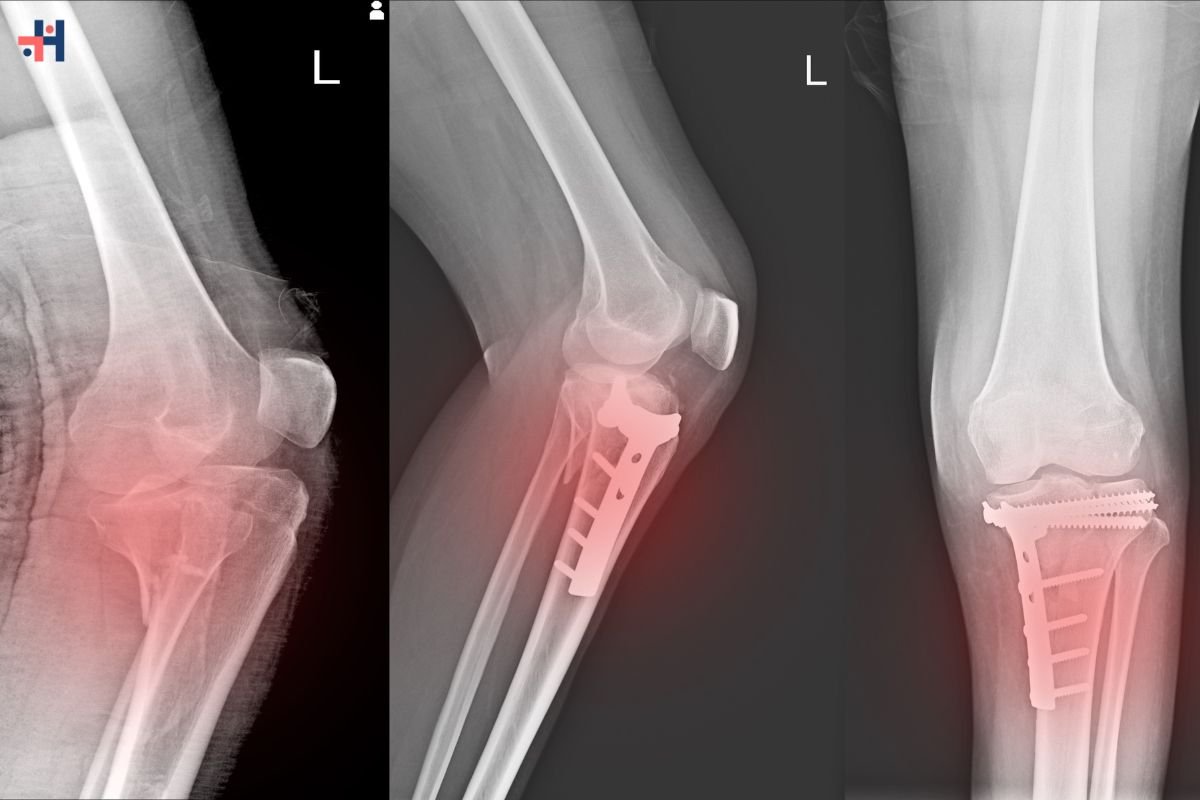Bone density is a crucial indicator of skeletal health that often receives little attention until issues arise. In this comprehensive guide, we delve deep into what bone density is, how it’s measured, the factors influencing it, and effective strategies to maintain or improve it throughout life.
What is Bone Density?
Bone density refers to the amount of mineral matter (such as calcium and phosphorus) per square centimeter of bones. Essentially, it measures the strength and density of bones. Dense bones are less likely to fracture or break, making bone density a critical factor in overall bone health and quality of life.
Factors Affecting Bone Density
Several key factors influence bone density over a person’s lifetime:

- Age: Bone density typically peaks around age 30 and gradually declines thereafter. This decline accelerates in women after menopause due to hormonal changes that affect calcium absorption and bone turnover rates.
As we age, our bones undergo a natural process of remodeling, where old bone tissue is replaced by new bone. However, after reaching peak bone mass, the rate of bone loss may exceed the rate of new bone formation, leading to decreased bone density over time.
- Gender: Women generally have lower peak bone mass than men and are more susceptible to osteoporosis, a condition characterized by low bone density and increased fracture risk. Estrogen plays a crucial role in maintaining this, and its decline during menopause contributes to bone loss.
- Genetics: Family history and genetics play a significant role in determining peak bone mass and bone density. Individuals with a family history of osteoporosis or fractures may have a higher risk of developing low bone density themselves.
- Nutrition: Adequate intake of calcium, vitamin D, and other essential nutrients is crucial for maintaining optimal it. Calcium is the primary mineral found in bones, while vitamin D facilitates its absorption from the intestines into the bloodstream. Sources of calcium include dairy products, leafy greens, and fortified foods, while vitamin D can be obtained from sunlight, fatty fish, and supplements.
- Physical Activity: Weight-bearing exercises such as walking, jogging, dancing, and resistance training stimulate bone growth and help maintain or improve bone density. These activities subject bones to stress, which triggers the release of osteoblasts (cells responsible for bone formation) and promotes bone remodeling.
- Lifestyle Choices: Certain lifestyle factors can negatively impact it. Smoking, excessive alcohol consumption, and the use of certain medications (such as glucocorticoids) can contribute to bone loss and increase the risk of fractures.
Measurement of Bone Density
Bone density is commonly measured using a technique called dual-energy X-ray absorptiometry (DXA or DEXA scan). This non-invasive procedure assesses it at key skeletal sites, typically the spine, hip, or forearm. DXA scans provide precise measurements of bone mineral content and density, allowing healthcare providers to diagnose osteoporosis or osteopenia (low bone mass) and assess fracture risk.
Results from DXA scans are often reported as T-scores, which compare an individual’s bone density to that of a healthy young adult of the same gender. A T-score of -1.0 or higher is considered normal, while scores between -1.0 and -2.5 indicate osteopenia, and scores of -2.5 or lower indicate osteoporosis.
Importance of Bone Density
Maintaining optimal it is essential for several reasons:

- Fracture Prevention: Higher bone density reduces the risk of fractures, especially in older adults who are more prone to falls. Fractures, particularly hip fractures, can significantly impact mobility, independence, and overall quality of life.
- Mobility and Independence: Strong bones support mobility and independence in daily activities, enabling individuals to maintain an active lifestyle as they age. Maintaining bone density through proper nutrition and exercise promotes skeletal health and functional independence.
- Overall Health: Bone health is interconnected with other bodily systems. Adequate calcium intake and vitamin D levels not only support bone density but also contribute to cardiovascular health, immune function, and overall well-being.
Strategies to Improve Bone Density
- Nutrition: A balanced diet rich in calcium, vitamin D, and other essential nutrients supports bone health. Calcium-rich foods include dairy products (milk, yogurt, cheese), leafy greens (kale, broccoli), and fortified foods (orange juice, cereals). Vitamin D can be obtained from sunlight exposure, fatty fish (salmon, mackerel), and supplements if necessary.
- Exercise: Engaging in weight-bearing activities and resistance training exercises stimulates bone formation and improves bone density. Weight-bearing exercises include walking, jogging, dancing, stair climbing, and hiking, which subject bones to mechanical stress and promote bone remodeling. Strength training exercises using free weights, resistance bands, or weight machines target specific muscle groups and bones, enhancing overall skeletal strength and resilience.
- Lifestyle Changes: Avoiding smoking and limiting alcohol consumption can help preserve bone density. Smoking accelerates bone loss and increases fracture risk, while excessive alcohol intake interferes with calcium absorption and disrupts bone remodeling processes. Additionally, certain medications (such as glucocorticoids used to treat inflammation) can negatively impact on it, so it’s essential to discuss potential side effects with healthcare providers.
- Bone Density Medications: In some cases, healthcare providers may prescribe medications to improve it and reduce fracture risk, especially for individuals at high risk of osteoporosis. These medications may include bisphosphonates, hormone replacement therapy (HRT) for postmenopausal women, or newer medications that inhibit bone resorption and stimulate bone formation.
Bone Density and Aging

As individuals age, maintaining bone density becomes increasingly important to prevent osteoporosis and fractures. Postmenopausal women are particularly vulnerable to bone loss due to hormonal changes that affect calcium absorption and bone metabolism. Regular monitoring of bone densities through DXA scans allows healthcare providers to detect early signs of bone loss and intervene with appropriate treatments or lifestyle modifications.
Conclusion
Bone density is not merely a medical metric but a cornerstone of skeletal strength, resilience, and overall well-being. By understanding the factors influencing bone density, measuring it accurately through DXA scans, and adopting proactive strategies to maintain or improve it, individuals can enhance their quality of life and reduce the risk of bone-related conditions as they age. Prioritizing nutrition, physical activity, and healthy lifestyle choices supports optimal bone health and enables individuals to maintain mobility, independence, and vitality throughout life.
In conclusion, It is a fundamental aspect of skeletal health that warrants attention and proactive management to promote lifelong bone strength and resilience.









